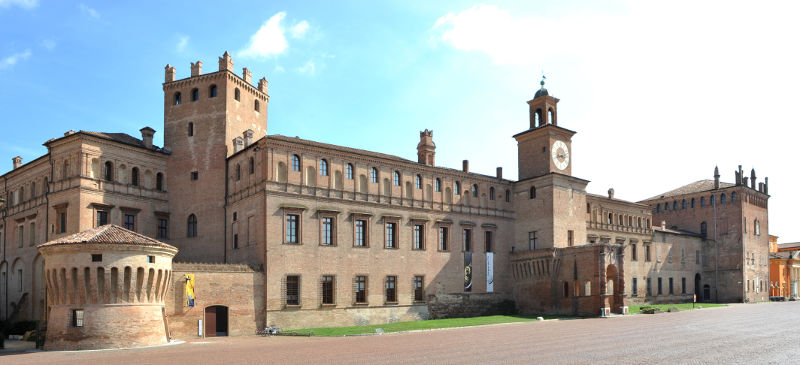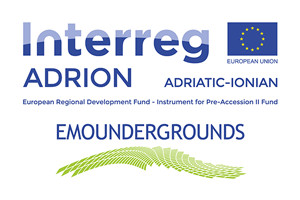The central body of the building on the square is occupied by the splendid Renaissance Facade, with its chiaroscuro rhythm given by the presence of windows and recesses where, in the past, there used to be polychrome frescoes of ancient subjects portraying Roman emperors as statues.
In the architecture there are clear influences of classical models of Roman derivation, brought to Carpi by the architect Baldassarre Peruzzi from Siena. The facade ended at the height of the big angular crenellated pinnacle, still existing, that rises north to the Clock Tower. The facade was connected to the Aviary in the North and to the Torrione in the South by a low wall, what remained of the ancient perimeter wall of the Castle.
Between 1582 and 1589 the central body was enlarged due North, maintaining and completing the Renaissance aspect of the building with the addition of an entire wing (Estense addition) connecting the 16th century part with the most ancient Passerino tower, to give the idea of a single palatial complex.





